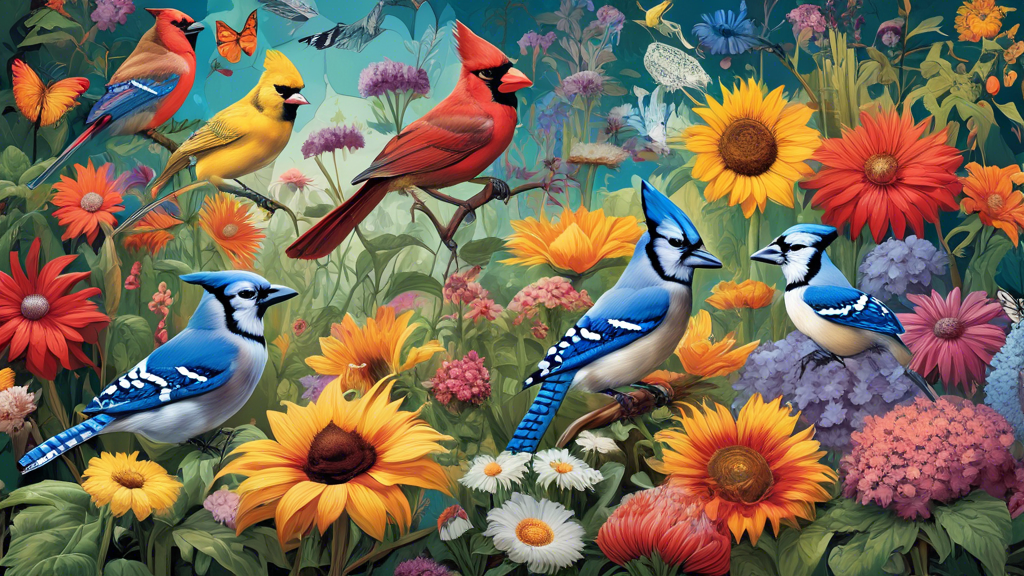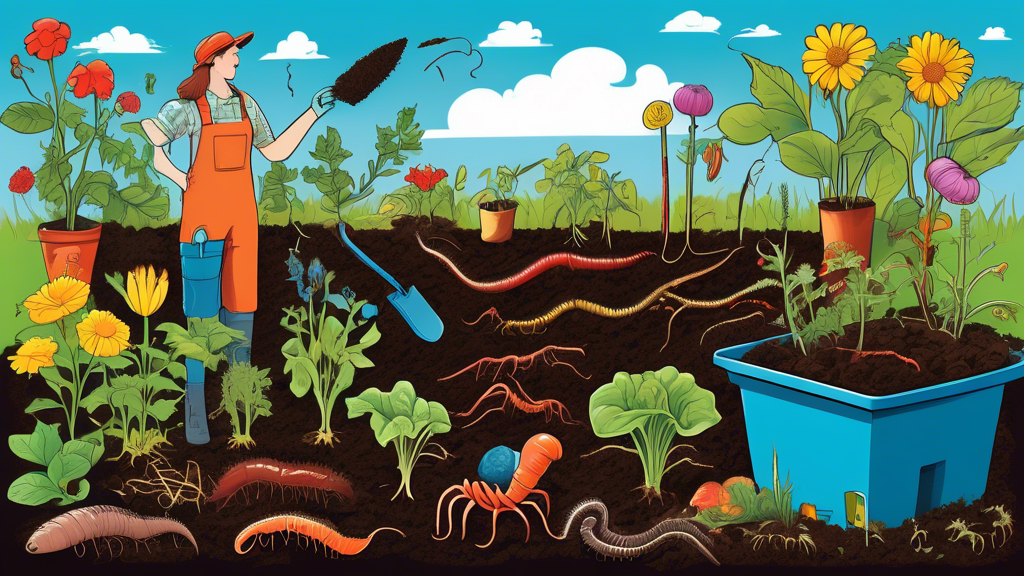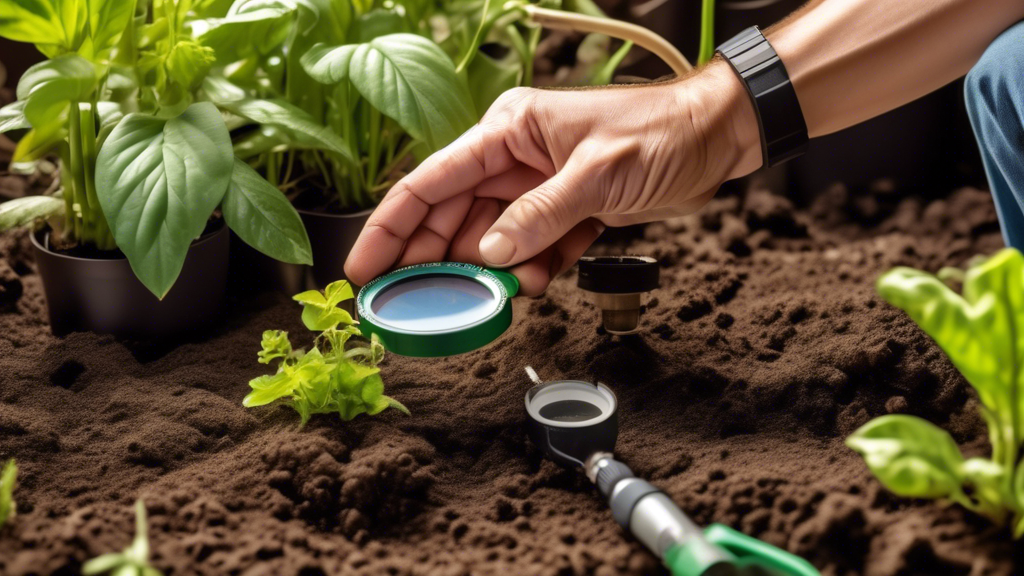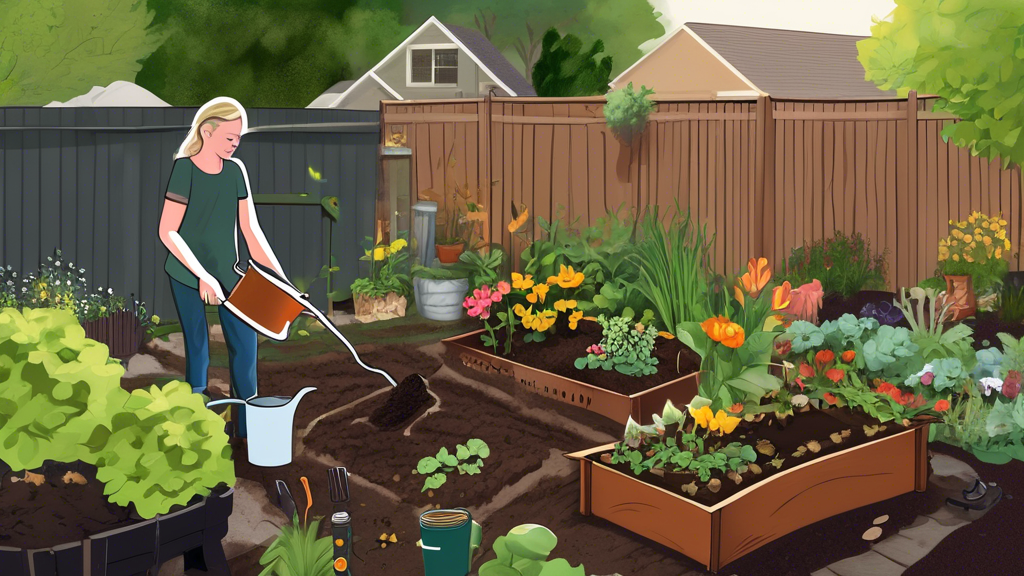
Introduction: What Are Cover Crops and Why Do They Matter?
Cover crops are plants grown primarily to benefit the soil rather than for harvest. Think of them as a living mulch or green manure that protects and enriches your land between cash crop cycles. In an era of sustainable and regenerative agriculture, they are a cornerstone practice for building resilient farm ecosystems. This guide will explore the multifaceted benefits of cover crops for creating a resilient and fertile farm ecosystem.
The Core Benefits: How Cover Crops Directly Improve Your Soil
Boosting Soil Fertility Naturally
Legumes like clover and vetch form a symbiotic relationship with rhizobia bacteria in their root nodules. This partnership allows them to convert atmospheric nitrogen—which plants can’t use—into a plant-available form, effectively creating free, natural fertilizer. Furthermore, cover crops with deep roots, like alfalfa, act as nutrient pumps, drawing minerals like phosphorus and potassium from the subsoil up to the surface, making them available for your next cash crop.
Enhancing Soil Structure and Preventing Erosion
The root systems of cover crops create a network of channels that break up compacted soil, dramatically improving water infiltration and air movement. Above ground, the plant residue acts as a physical barrier, shielding the soil from the direct impact of raindrops and wind, which are the primary causes of topsoil loss.
Supercharging Soil Biology
A bare field is a desert for soil life. Cover crops change that by providing a constant food source in the form of root exudates (sugars and acids) and decomposing plant matter. This fuels the entire soil food web, from earthworms to beneficial bacteria and fungi, creating a vibrant, living soil that supports plant health.
Solving Common Agricultural Challenges
The Weed Warfare: Outcompeting Unwanted Plants
A dense, rapidly growing cover crop canopy blocks sunlight, physically suppressing weed germination and growth. Some species, like cereal rye, go a step further through a phenomenon called allelopathy, where they release natural biochemicals that inhibit the germination and growth of small-seeded weeds.
Battling Soil Compaction
Hard, compacted layers (plow pans) restrict root growth and water movement. Tap-rooted covers like tillage radish or daikon radish act as natural “bio-drills,” punching through these compacted layers. When these roots decompose, they leave behind deep, stable bio-pores that improve soil structure for years.
Managing Water Extremes: Drought and Heavy Rains
The organic matter and improved structure created by cover crops turn your soil into a sponge. It can hold more water during dry periods, reducing drought stress. During intense rainfall, the improved infiltration capacity means less water runs off the surface, reducing erosion and ponding in the fields.
Choosing the Right Cover Crop: A Simple Comparison Guide
Grasses vs. Legumes vs. Brassicas: What’s the Difference?
| Type | Examples | Primary Benefits |
|---|---|---|
| Grasses | Cereal Rye, Oats, Sorghum-Sudangrass | Fast growth, high biomass for organic matter, excellent erosion control and weed suppression. |
| Legumes | Clover, Hairy Vetch, Winter Peas | Nitrogen fixation, good for boosting fertility for the following cash crop. |
| Brassicas | Tillage Radish, Mustard, Canola | Deep taproots break up compaction; some species (like mustard) can help suppress soil-borne pests. |
The Power of Mixes: Why Polycultures Are Best
Nature doesn’t grow in monocultures, and neither should your cover crops. Planting a mix of species (e.g., a grass for biomass and a legume for nitrogen) creates synergy. The different root structures explore various soil depths, and the plants support each other, leading to a more robust soil-building system than any single species can provide alone.
Something You Might Not Know: The “Liquid Carbon Pathway”
While most people focus on the biomass that cover crops add when they are terminated, a hidden, more immediate benefit is happening underground. Through the “Liquid Carbon Pathway,” plants exude a significant portion of the carbon they capture (as sugars and other compounds) directly from their roots to feed soil microbes. In return, these microbes help the plant access water and nutrients. This constant, living exchange is a primary driver for building stable soil organic matter (humus), which is the true, long-term foundation of soil health and fertility. It’s not just about what the plant leaves behind when it dies; it’s about the dynamic partnership it fosters while it’s alive.
Frequently Asked Questions About Cover Crops
When is the best time to plant cover crops?
The timing depends on your climate and main crop schedule. The most common window is after harvesting a summer crop to establish a cover that will protect the soil over winter (“winter cover”). Another increasingly popular method is interseeding, where the cover crop is planted into the standing cash crop before it is harvested.
Don’t cover crops use up all the water and nutrients I need for my cash crop?
This is a common concern. While a growing cover crop does use resources, it’s a short-term investment for a long-term gain. The key is proper management, especially termination timing. The nutrients and water are stored in the cover crop’s biomass and are returned to the soil as it decomposes, making them available for your cash crop in a more stable, slow-release form. The improvement in soil water-holding capacity often outweighs the water used.
How do I terminate my cover crop, and is it difficult?
Termination methods vary. For small-scale or organic operations, mechanical methods like mowing or roller-crimping are effective. Some species, like oats, are “winter-kill” and will die off naturally in freezing temperatures. In conventional systems, herbicides are a common termination tool. The best method depends on your cover crop species, equipment, and farming philosophy.
What is the #1 mistake beginners make with cover crops?
The biggest mistake is not having a clear goal. You must know *why* you are planting a cover crop—is it for nitrogen, to break up compaction, or to suppress weeds? Your objective dictates which species you choose, when you plant it, and how you manage and terminate it. Starting without a plan often leads to disappointing results.
Conclusion: Your First Step Towards Healthier Soil
Integrating cover crops is one of the most powerful steps you can take toward building a profitable, resilient, and sustainable farming system. The benefits for soil health and fertility are profound and multi-layered. The best approach is to start small—perhaps with a simple stand of winter rye after your corn harvest—and observe the positive changes in your soil firsthand. For specific recommendations tailored to your soil type and region, consult with your local extension agent or the Natural Resources Conservation Service (NRCS).






